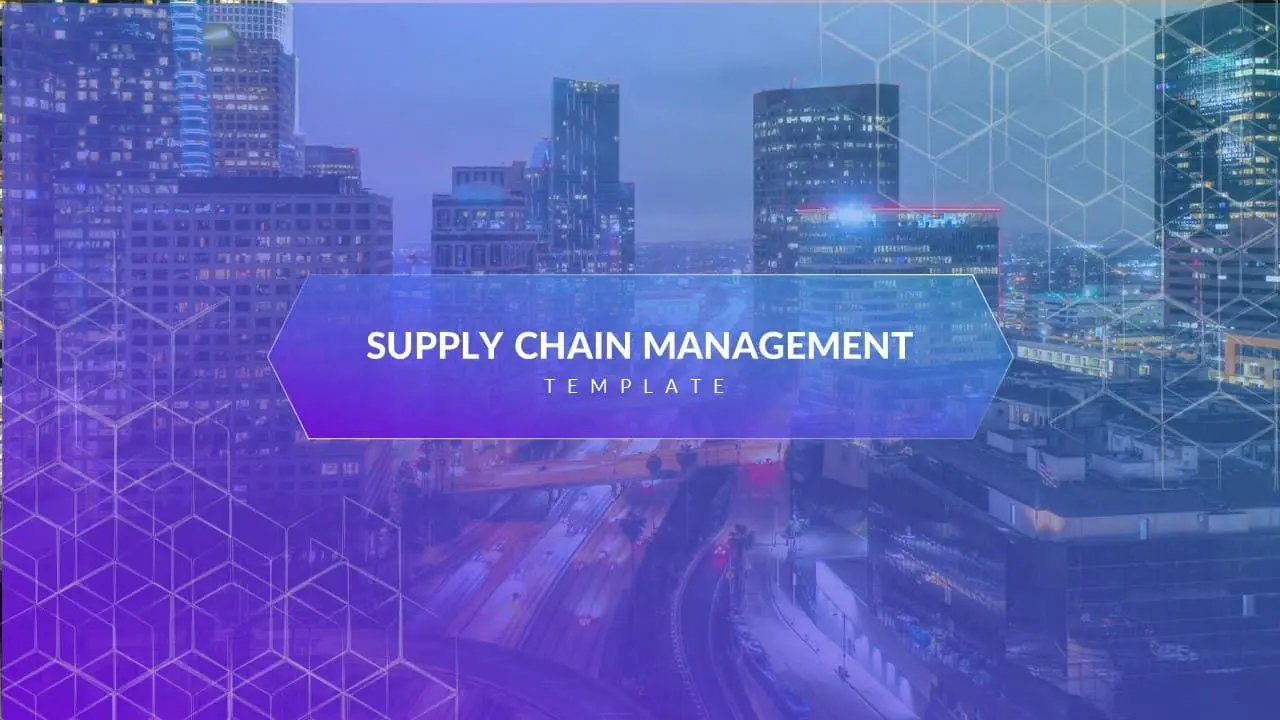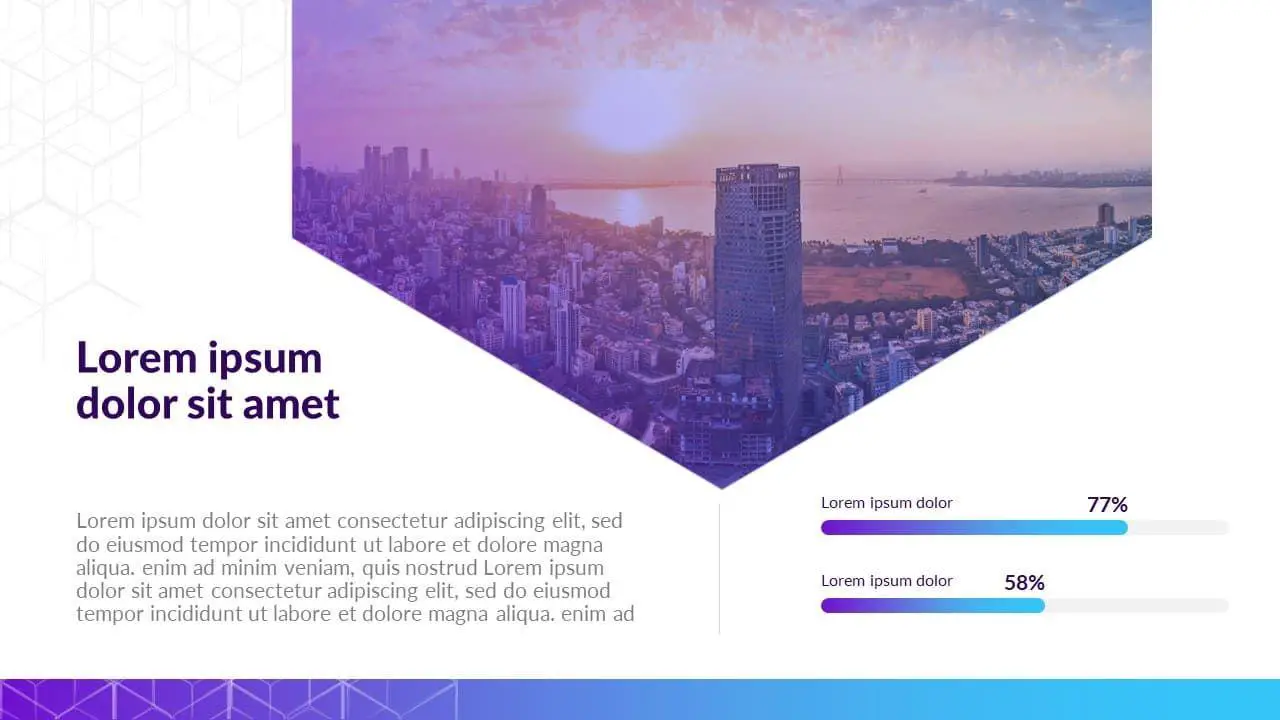Ways to Create a Professional Supply Chain Management Presentation

In the dynamic landscape of supply chain management, effective communication is key to success. Presentations play a crucial role in conveying complex information, fostering collaboration, and driving informed decision-making. Whether you are presenting to stakeholders, executives, or team members, a well-crafted supply chain management presentation can make a significant impact. In this blog post, we will explore four essential ways to create a professional supply chain management presentation that engages and informs your audience.
Understand Your Audience and Purpose
Before diving into the details of your supply chain management presentation, it's essential to understand your audience and the purpose of your presentation. Different stakeholders may have varying levels of familiarity with supply chain concepts, so tailoring your content to meet their needs is crucial.
a. Stakeholder Analysis:
Identify who will be in the audience—executives, clients, or internal teams. Executives may be interested in high-level strategic insights, while internal teams might require more detailed operational information. Tailor your presentation to strike the right balance for your specific audience.
b. Define the purpose:
Clearly outline the purpose of your presentation. Are you providing an overview of the supply chain strategy, presenting performance metrics, or seeking approval for a new initiative? Understanding the 'why' behind your presentation will guide your content and help you prioritize key information.
Visualize Data Effectively

Supply chain management involves complex data sets, and presenting this information in a clear and visually appealing manner is crucial. Visual aids not only enhance understanding but also keep your audience engaged. Here are some tips for effective data visualization:
a. Infographics and Charts:
Utilize infographics and charts to simplify complex data. Bar graphs, pie charts, and flow diagrams can convey trends, performance metrics, and process workflows more effectively than dense tables of numbers.
b. Utilize technology:
Explore interactive visualization tools or supply chain management software to create dynamic and engaging presentations. Technologies like Geographic Information System (GIS) mapping can help illustrate the global aspects of your supply chain.
c. Storytelling with Data:
Tell a compelling story with your data. Narrate the journey of a product through the supply chain, highlighting key milestones and challenges. This approach not only educates your audience but also makes the information memorable.
Streamline Content and Focus on Key Messages
Supply chain management presentations can become overwhelming if they contain too much information. Streamlining your content and focusing on key messages is essential to maintaining audience engagement.
a. Prioritize key metrics:
Identify the most critical performance metrics and focus on them. Whether it's inventory turnover, on-time delivery, or cost per unit, prioritize the metrics that align with your presentation's purpose and resonate with your audience.
b. Clear and concise messaging:
Avoid jargon and use plain language to ensure clarity. Clearly communicate the impact of supply chain activities on the overall business strategy. Break down complex concepts into digestible segments, making it easier for your audience to follow.
c. Interactive Elements:
Incorporate interactive elements like Q&A sessions, polls, or discussions to keep your audience engaged. Encourage participation to create a more dynamic and collaborative presentation environment.
Practice and Rehearse
No matter how well-prepared your content is, a lack of practice can hinder the effectiveness of your presentation. Rehearsing allows you to refine your delivery, anticipate questions, and ensure a smooth flow of information.
a. Timing and Pacing:
Practice your presentation to ensure it fits within the allocated time frame. Avoid rushing through slides or spending too much time on specific details. A well-paced presentation maintains audience interest and comprehension.
b. Gather feedback:
Before the actual presentation, gather feedback from peers or mentors. Constructive criticism can help you identify areas for improvement and refine your content. Consider hosting a mock presentation to simulate the actual experience.
c. Prepare for Q&A:
Anticipate potential questions and prepare thoughtful responses. Being well-prepared for the Q&A session demonstrates your expertise and reinforces your credibility.
Unlock your creativity with our free PowerPoint templates! Explore a world of stunning designs at Discover Template. Elevate your presentations effortlessly!
In conclusion, creating a professional supply chain management presentation requires a thoughtful approach that considers your audience, leverages effective data visualization, focuses on key messages, and involves thorough practice. By implementing these strategies, you can enhance the impact of your presentation and effectively communicate the complexities of supply chain management to diverse stakeholders.
- Art
- Causes
- Crafts
- Dance
- Drinks
- Film
- Fitness
- Food
- Juegos
- Gardening
- Health
- Home
- Literature
- Music
- Networking
- Other
- Party
- Religion
- Shopping
- Sports
- Theater
- Wellness
- Politics
- IT
- Relationship
- Blockchain
- NFT
- Crypto
- Fintech
- Automobile
- Faith
- Family
- Animals
- Travel
- Pets
- Coding
- Comedy
- Movie
- Game
- Computer


